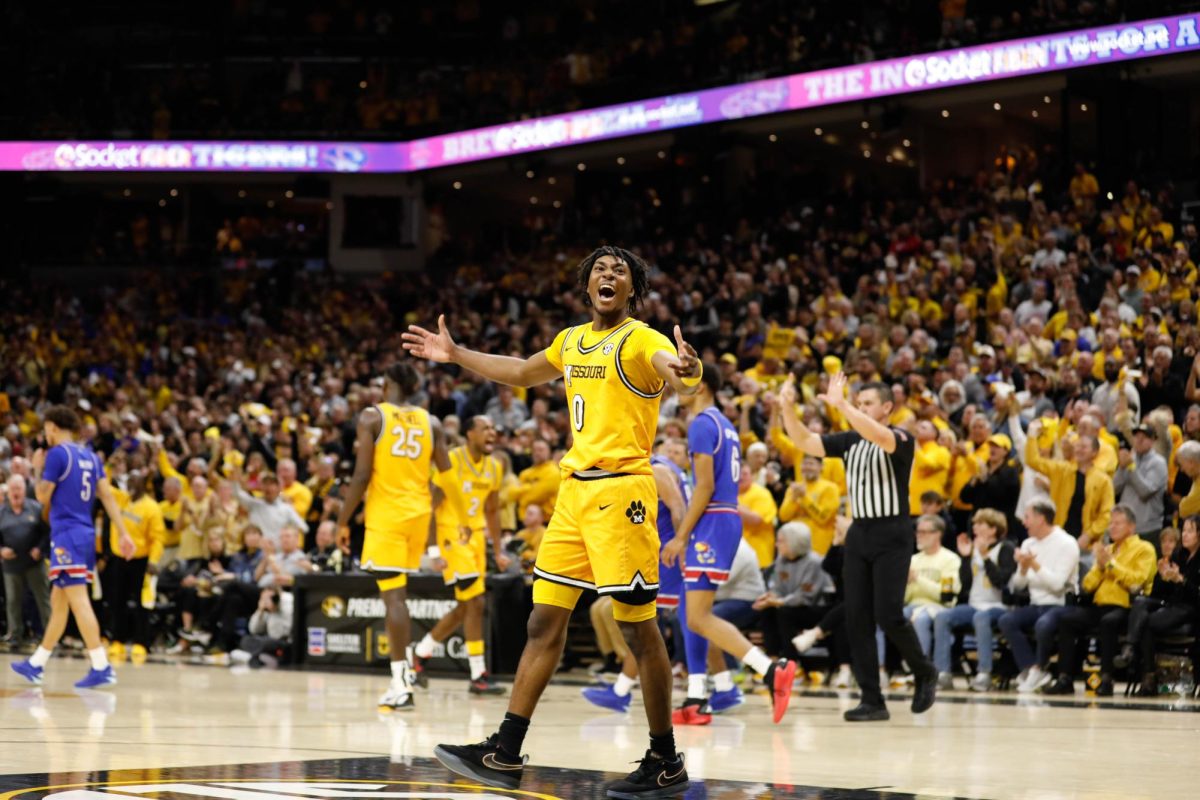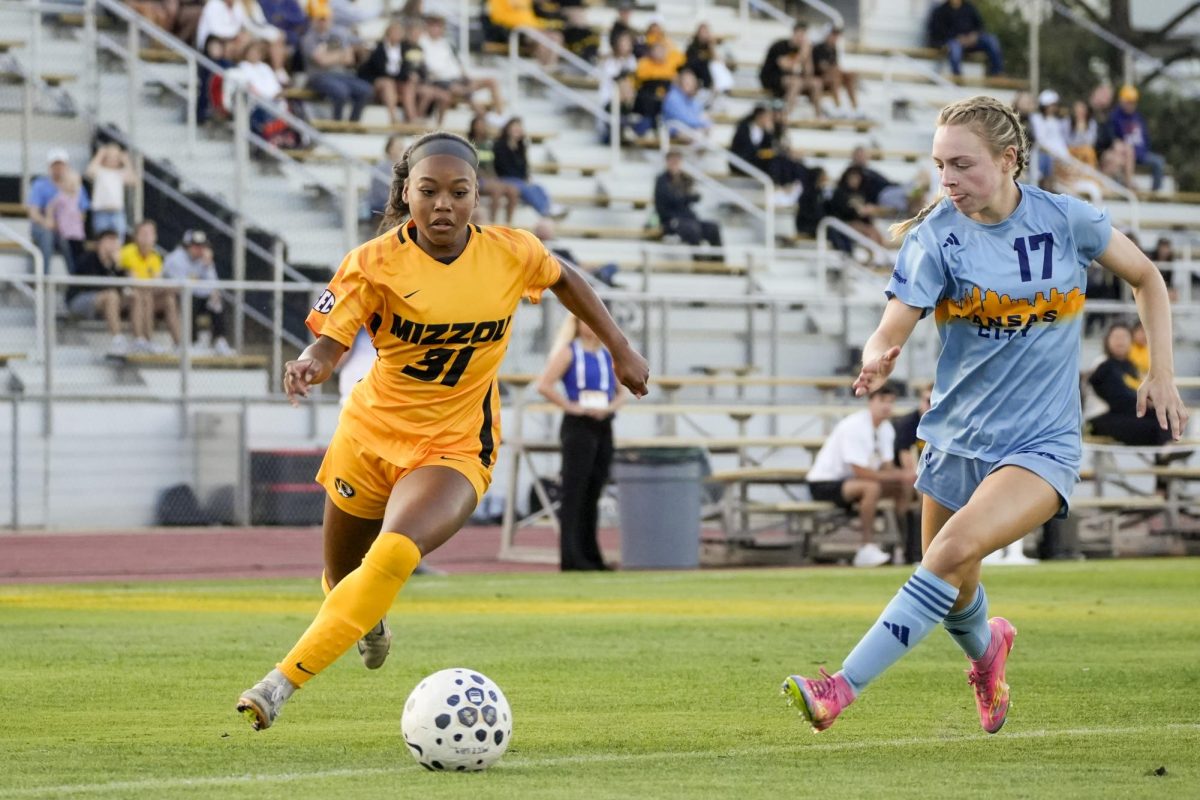Three games into the 2017 regular season, the Kansas City Chiefs have the league leader in rushing yards, rushing touchdowns, rushing yards per attempt and all-purpose yards. He’s also accounted for almost half (45 percent) of Kansas City’s total yardage.
This performance isn’t from a highly-touted, top-five selection in the most recent NFL draft, nor is it coming from a four-year veteran in the prime of his career. Rather, it’s from a rookie third-round selection out of the Mid-American Conference: Kareem Hunt.
Hunt has blown by defenses on his way to the top of the NFL’s stat leaderboards and even put himself in early conversation for Offensive Rookie of the Year.
Hunt is currently on pace to rush for 2,105 yards and score 32 total touchdowns, both record-breaking numbers. Hunt is good; he’s proven that at this point. But what makes him so good?
####Between The Tackles
Statistically, Hunt is one of the best runners in the league. However, before he was drafted, that wasn’t so easily recognizable. After running a 4.6 40-yard dash at the combine, Hunt’s speed wasn’t considered top-tier. However, Hunt is finding his success behind the Chiefs’ offensive line. Hunt does look like a faster, more explosive runner than he did at Toledo, but he seems to find the most success between the tackles. Look at the play below:
(Kareem Hunt rushes for a 53-yard touchdown in week two against the Philadelphia Eagles / NFL).
This inside run sees a lot of work before Hunt even gets the ball. Chiefs center Mitch Morse and left guard Bryan Witzmann block down, paving a lane for Hunt. It works out perfectly and Hunt does his part by following right guard Laurent Duvernay-Tardif through the hole.
A seemingly insignificant yet important part of this run is what Hunt does in the open field. Instead of taking on Eagles safety Corey Graham with a spin or juke, Hunt sees the open field to his left and cuts directly to it, beating both Graham and cornerback Rasul Douglas on his way to a 53-yard touchdown run.
In the simplest terms, what Hunt lacks in speed and explosion, he makes up for in brains. If he’s given open field, he’s not going to pass it up or force lanes that aren’t there. He’s shown that multiple times in the first three games. A great trait to have, Hunt also knows how to work when a play breaks down.
(Hunt on a running play in week one against the New England Patriots / NFL).
On this play, Hunt takes a handoff to the left for what looks like a run that will bounce off the outside of Witzmann. However, David Harris fills Hunt’s running lane. This should result in no gain, or lost yards, but here’s where Hunt makes his money.
Instead of forcing the run through the hole Harris is filling, or bouncing it further to the left, Hunt makes a move and cuts back, finding greener pastures to the right. He fights a few defenders on his way to a seven-yard gain.
This play is far from flashy, but it attests to Hunt’s sensibility as a runner. He takes a play that should likely go for nothing and and turns it into seven yards for his offense.
####All-Around Back
It’s evident Hunt is smart and versatile between the tackles. He’s also shown he can break away from and shake off defenders once he gets into the second level. However, that’s not all Hunt can do.
Comparing Hunt to De’Anthony Thomas or Tyreek Hill may seem puzzling. He stands about an inch taller than both and is anywhere from 30 to 40 pounds larger than each. From a physical standpoint, Hunt isn’t similar to Thomas or Hill, but statistically, he’s a lot like them.
Going back to each of their college careers, Hunt, Thomas and Hill were all considered dual threats, being able to run out of the backfield and catch the ball in the open field. In their final Division I seasons, Hill and Thomas each produced about 800 yards from scrimmage. Hunt, however, had about 1,800 yards from scrimmage in his final season, with about a third of those yards from receiving.
So far, Hunt’s made it clear he can produce as a receiver, with 137 yards through three games. Hunt’s also averaging 15.2 yards per reception; the play below is an example of why.
(Hunt catches a 78-yard touchdown from Alex Smith in week one / NFL).
Hunt lines up to the right of Alex Smith and runs a wheel route. New England comes out in man coverage and linebacker Cassius Marsh is tasked with containing Hunt.
Marsh, a 2014 fourth-round selection, isn’t a typical cover two linebacker, as he ran a 4.89 40 at the combine. Hunt, oddly enough, barely ran faster than him.
Neither are stellar runners on paper, but Hunt simply looks better, faster and stronger when in pads. He’s been clocked at 20 miles per hour on some runs. He uses his speed to his advantage and creates separation from Marsh to catch a pass Smith seams into the middle of the field for a 78-yard touchdown.
(Hunt catches a touchdown in week one / NFL).
The play above is another showing of important, understated ability from Hunt. Passing in red zone and goal line situations is hard enough, but Hunt is able to get himself open, make a play on the ball and reach the end zone.
After lining up to the right of Smith in the backfield, Hunt comes across the front of Smith and hesitates, looking like an extra blocker. Once Hunt sees there’s no one to block and open field, he floats out left and Smith is able to dump it off to him at about the 4-yard line.
Hunt not only maneuvers to catch a high pass, he also puts a move on Malcolm Butler and finds paydirt in the process.
Through four games, Hunt leads the league in a multitude of categories and has proven himself to be arguably the most dynamic offensive weapon on a team which had multiple talented skill players even before drafting him.
Hunt’s shown feats of strength, speed and flat-out playmaking skills through the first quarter of the NFL season, and he doesn’t show signs of slowing down anytime soon.
_Edited by Joe Noser | [email protected]_








